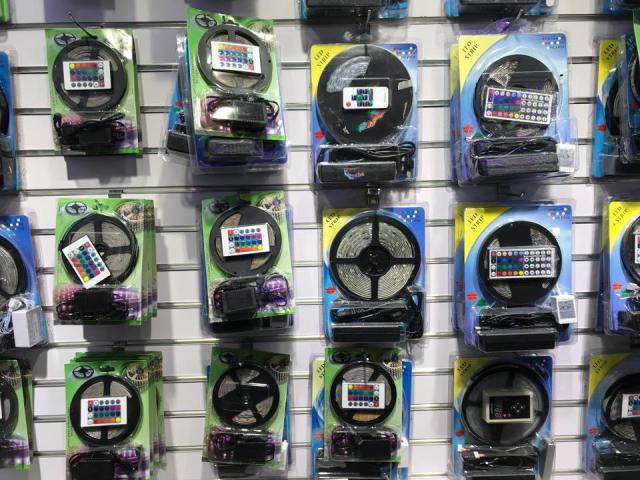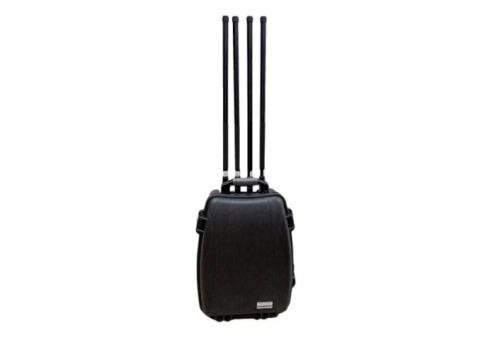
LED strip lights have revolutionized the lighting industry, offering a versatile, energy-efficient solution for both residential and commercial applications. If you're considering purchasing wholesale LED strip lights, this guide will help you navigate the options and make an informed decision.
Why Choose LED Strip Lights?
LED strip lights are popular due to their flexibility, durability, and energy efficiency. They can be used for accent lighting, under-cabinet lighting, task lighting, and even outdoor applications. Compared to traditional lighting, LED strips consume less power, produce less heat, and have a longer lifespan, making them a cost-effective choice in the long run.
Key Factors to Consider
When purchasing wholesale LED strip lights, there are several key factors to consider:
1. Type of LED Strip Lights
LED strip lights come in various types, including:
- Flexible LED Strips: Ideal for applications that require bending and shaping around corners.
- Rigid LED Strips: Perfect for linear and fixed installations.
- Waterproof LED Strips: Suitable for outdoor and wet areas.
- RGB and RGBW Strips: Offer color-changing capabilities for dynamic lighting effects.
2. Brightness and Color Temperature
The brightness of LED strip lights is measured in lumens per meter. Consider the application and required brightness levels. For instance, task lighting needs higher brightness compared to ambient lighting. Additionally, choose the right color temperature—warm white (2700K-3000K) for cozy, relaxing environments, cool white (5000K-6500K) for task-oriented spaces, and RGB for decorative purposes.
3. Voltage and Power Supply
LED strip lights typically come in 12V or 24V versions. Ensure you choose the correct voltage that matches your power supply. Also, consider the total power consumption to avoid overloading the power supply. A general rule is to add a 20% buffer to the total wattage of the strips when selecting a power supply.
4. Control Options
Modern LED strip lights offer various control options, including:
- Dimmers: Allow you to adjust the brightness level.
- Remote Controls: Provide convenient operation from a distance.
- Smart Controls: Enable control via smartphone apps or voice commands through smart home systems.
5. Quality and Warranty
When purchasing wholesale LED strip lights, quality is paramount. Look for products from reputable manufacturers that offer a warranty. High-quality LED strips have better color consistency, longer lifespan, and higher energy efficiency. Check for certifications like UL, CE, or RoHS to ensure safety and reliability.
Benefits of Buying Wholesale
Buying LED strip lights in bulk has several advantages:
- Cost Savings: Wholesale prices are significantly lower than retail, allowing for substantial savings.
- Consistency: Purchasing from the same batch ensures uniformity in color and brightness.
- Supply Assurance: Bulk buying ensures you have enough stock for large projects or resale purposes.
Steps to Purchase Wholesale LED Strip Lights
- Research Suppliers: Identify reputable suppliers with positive reviews and testimonials.
- Request Samples: Before committing to a large order, request samples to evaluate the quality and compatibility with your project.
- Compare Prices: Obtain quotes from multiple suppliers to ensure competitive pricing.
- Check Shipping and Delivery: Confirm the shipping terms, delivery times, and any additional costs.
- Review Terms and Conditions: Carefully read the terms of sale, including return policies and warranty coverage.
Conclusion
Purchasing wholesale LED strip lights can be a smart investment for businesses and large-scale projects. By considering the type of LED strips, brightness, color temperature, voltage, control options, and quality, you can make an informed decision. The cost savings and consistency offered by buying in bulk further enhance the appeal of wholesale purchases. With this ultimate guide, you're well-equipped to navigate the market and find the perfect LED strip lights for your needs.









0 Comment